Sunflowers, with their iconic golden blooms, not only add a touch of beauty to any garden but also offer a wealth of nutritious seeds for a variety of purposes. In this comprehensive and detailed manual, we will guide you through each stage of sunflower cultivation, equipping you with the knowledge and skills needed to cultivate thriving sunflower plants and enjoy a plentiful harvest of their precious seeds.
Throughout this step-by-step manual, we’ll offer insights, tips, and troubleshooting advice to help you navigate the unique journey of sunflower gardening. Whether you’re a seasoned gardener looking to enhance your skills or a passionate beginner seeking to unlock the secrets of sunflower cultivation, this manual will empower you with the knowledge and confidence needed to succeed.
So, prepare to immerse yourself in the enchanting world of sunflower cultivation and seed harvesting. With our comprehensive guide in hand, you’ll embark on a fulfilling adventure that will not only fill your garden with vibrant beauty but also provide you with an abundant harvest of sunflower seeds to enjoy and share with others.
Let’s dive into the captivating process of planting, growing, and harvesting sunflowers and watch as your garden blossoms with the magnificence of these golden treasures.
1. Choose the right variety
 Source: Instagram
Source: Instagram
2. Select a sunny location
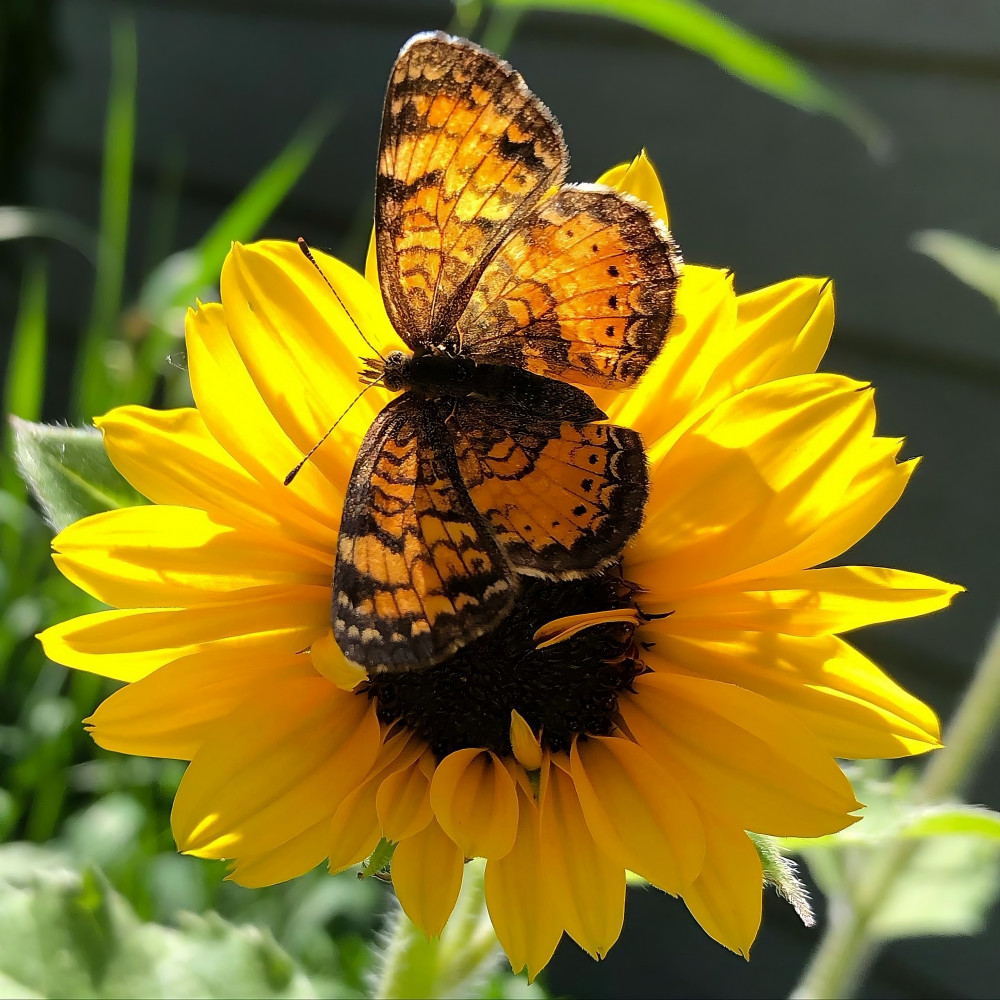 Source: instagram
Source: instagram
3. Prepare the soil
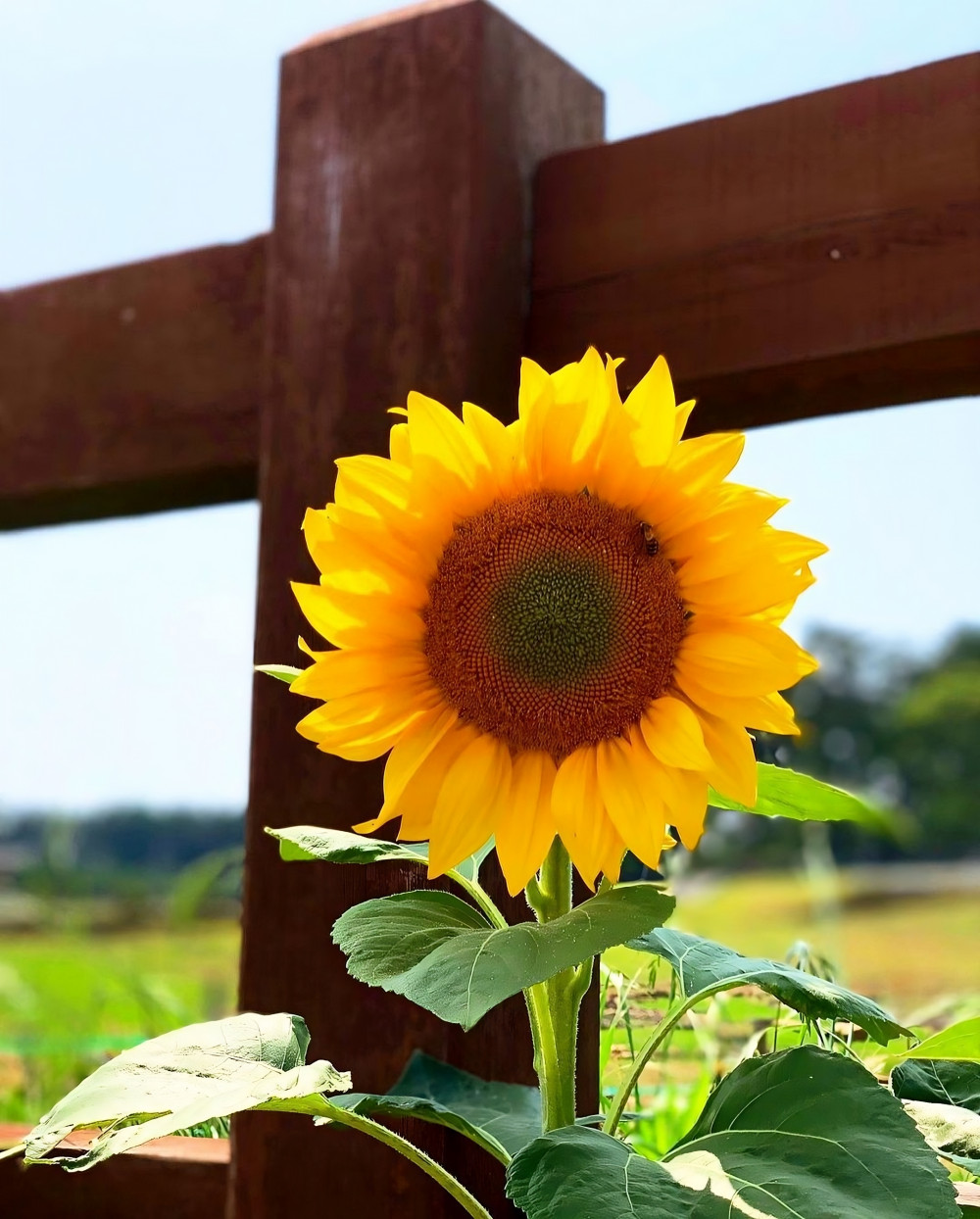 Source: instagram
Source: instagram
4. Plant the seeds
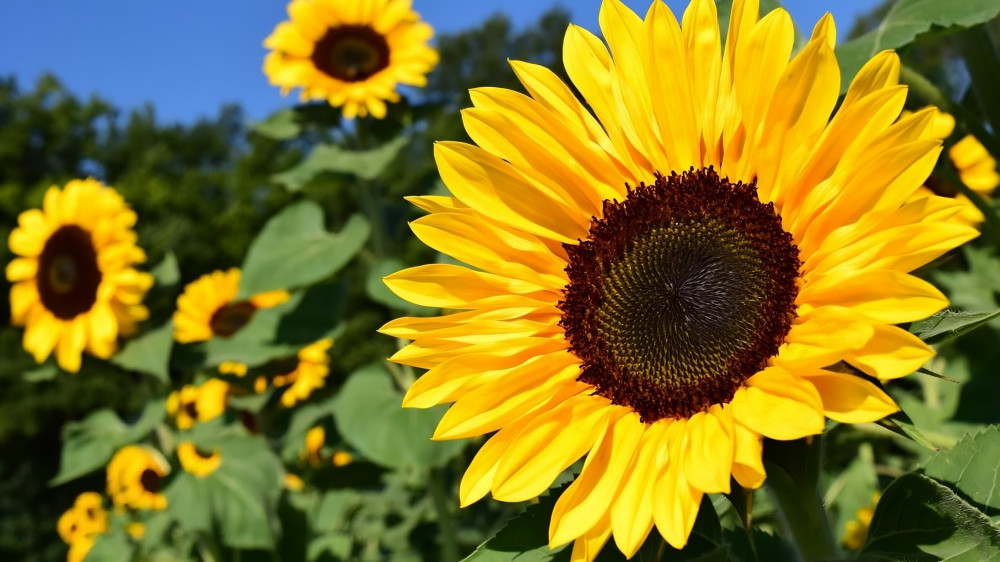 Source: The Old Farmer’s Almanac
Source: The Old Farmer’s Almanac
5. Watering and fertilizing
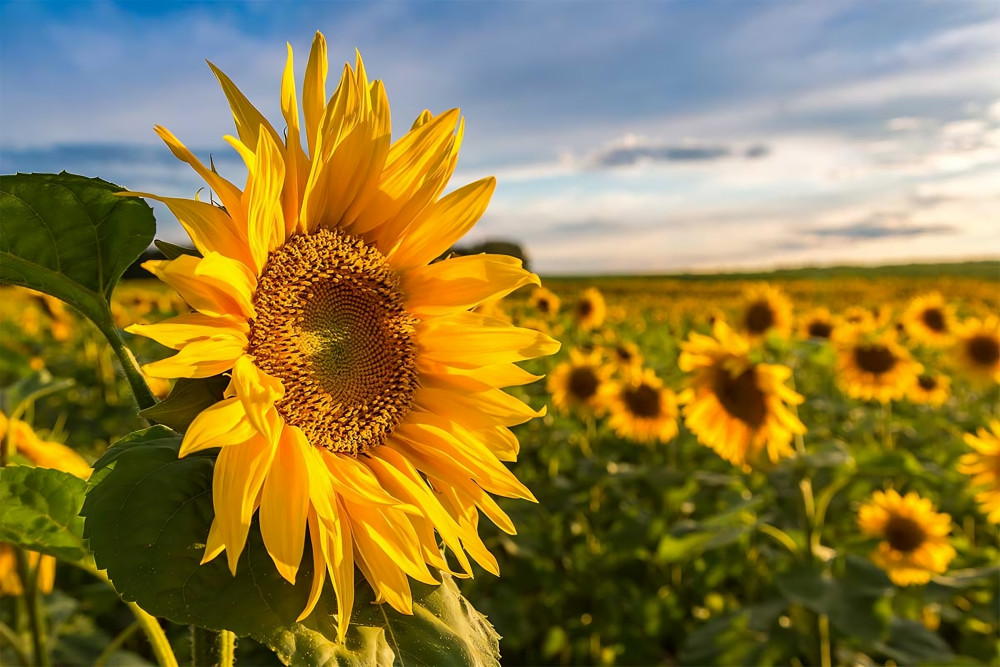 Source: Northern Virginia Magazine
Source: Northern Virginia Magazine
6. Provide support
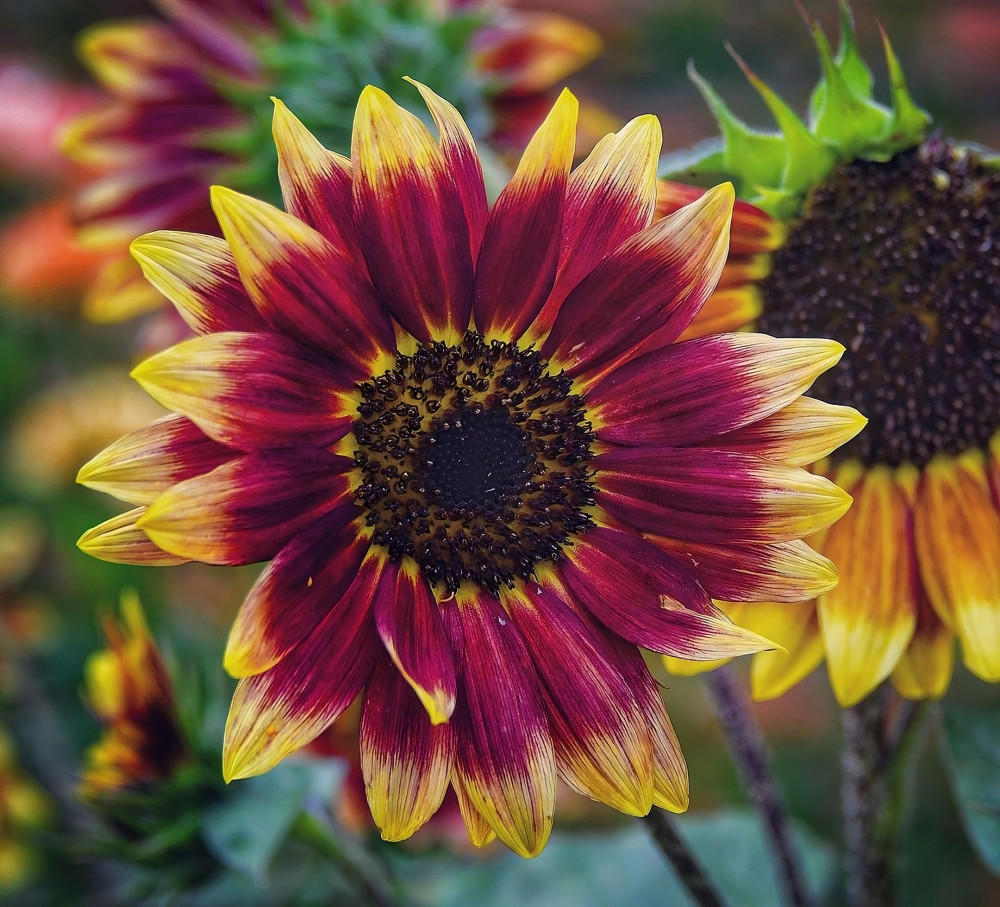 Source: instagram
Source: instagram
7. Mulch and weed control
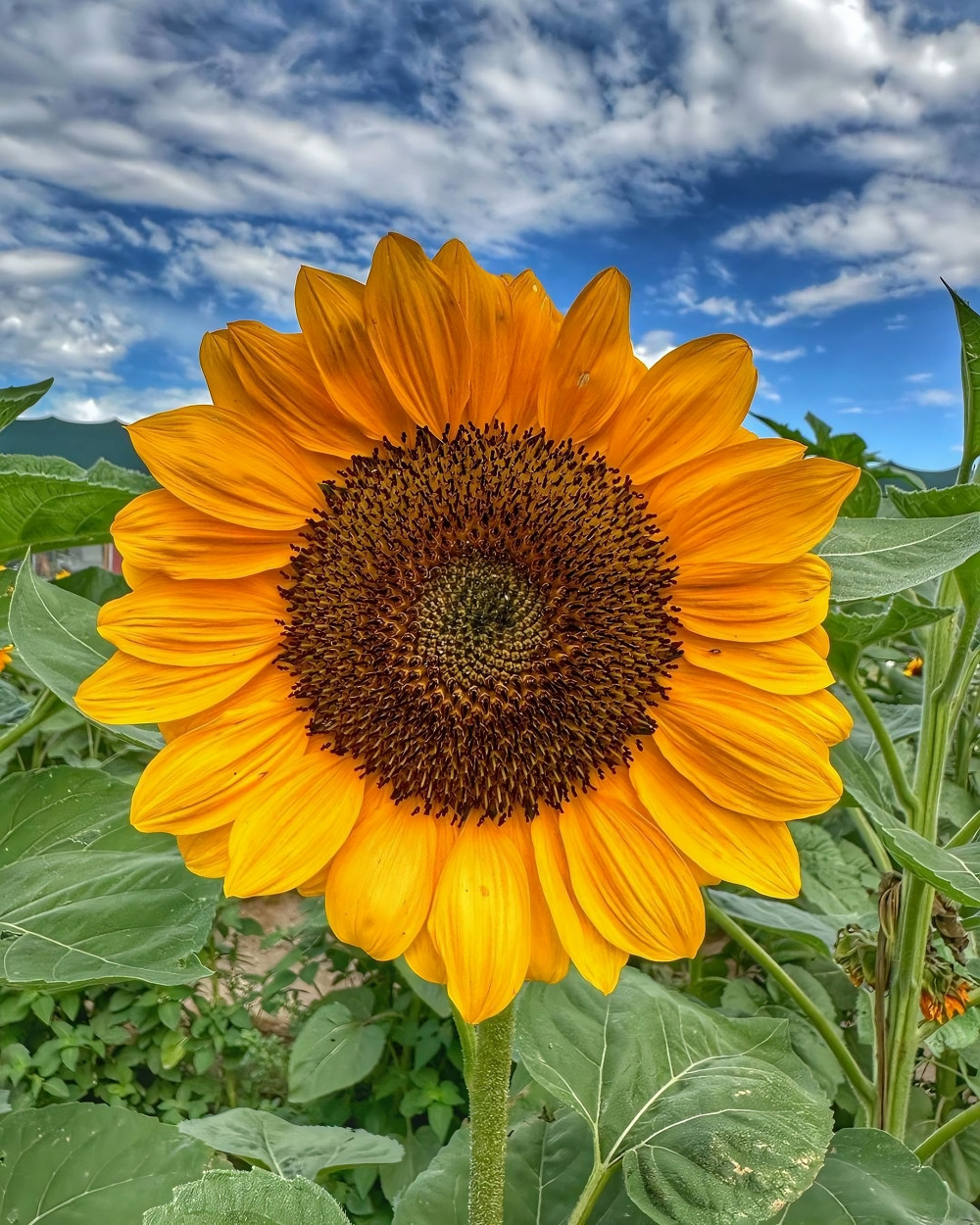 Source: instagram
Source: instagram
8. Monitor pests and diseases
 Source: instagram
Source: instagram
10. Pruning
While not necessary, you can prune sunflowers to encourage larger blooms and stronger stems. Pinch off the top of the main stem when the plant reaches about 2 feet in height. This promotes branching and leads to the development of multiple flower heads.
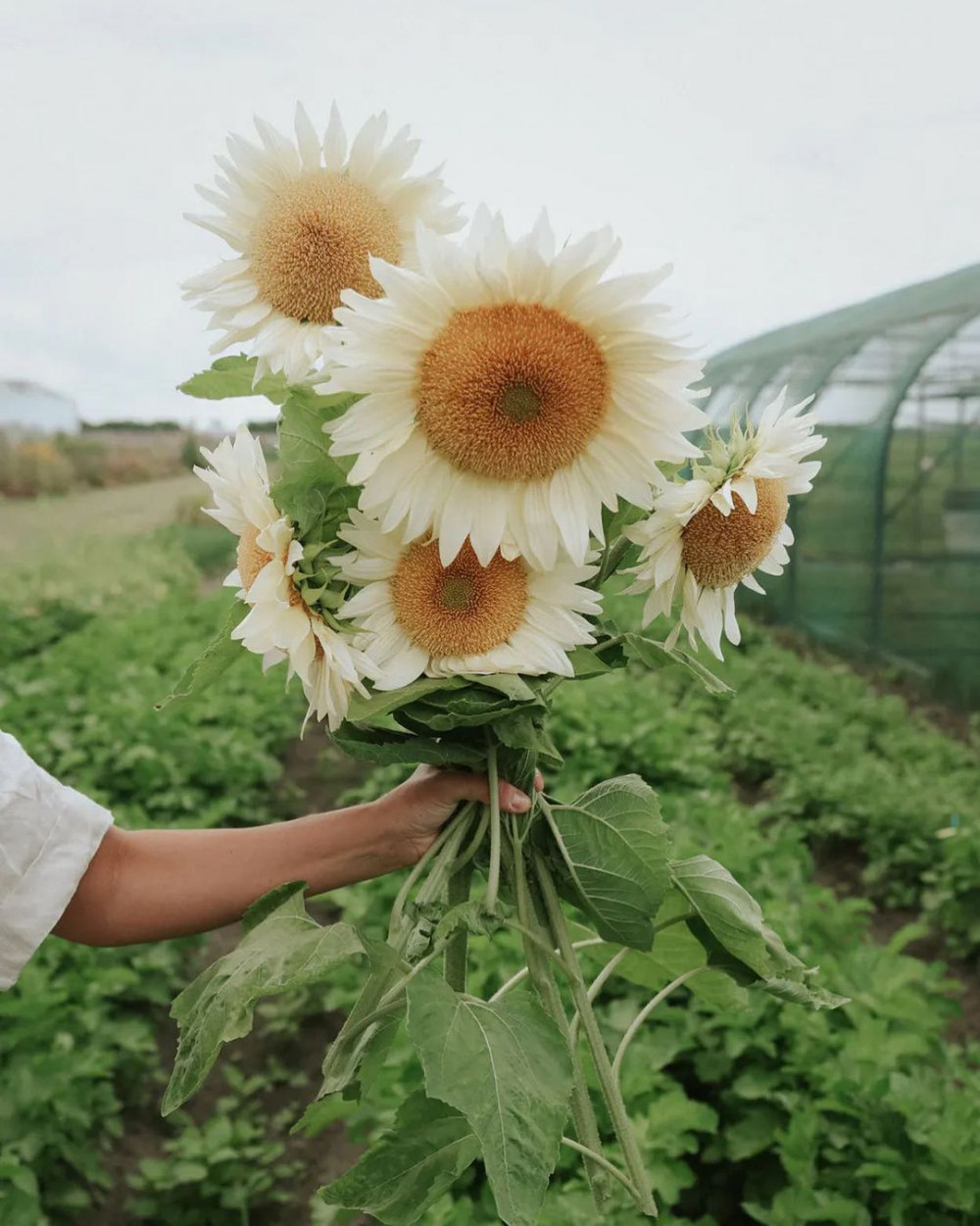 Source: instagram
Source: instagram
11. Deadheading
Deadheading is the removal of faded or spent flower heads. This practice encourages the plant to redirect its energy into producing more blooms. It also prevents the formation of seeds, which can be useful if you’re growing sunflowers primarily for their ornamental value.
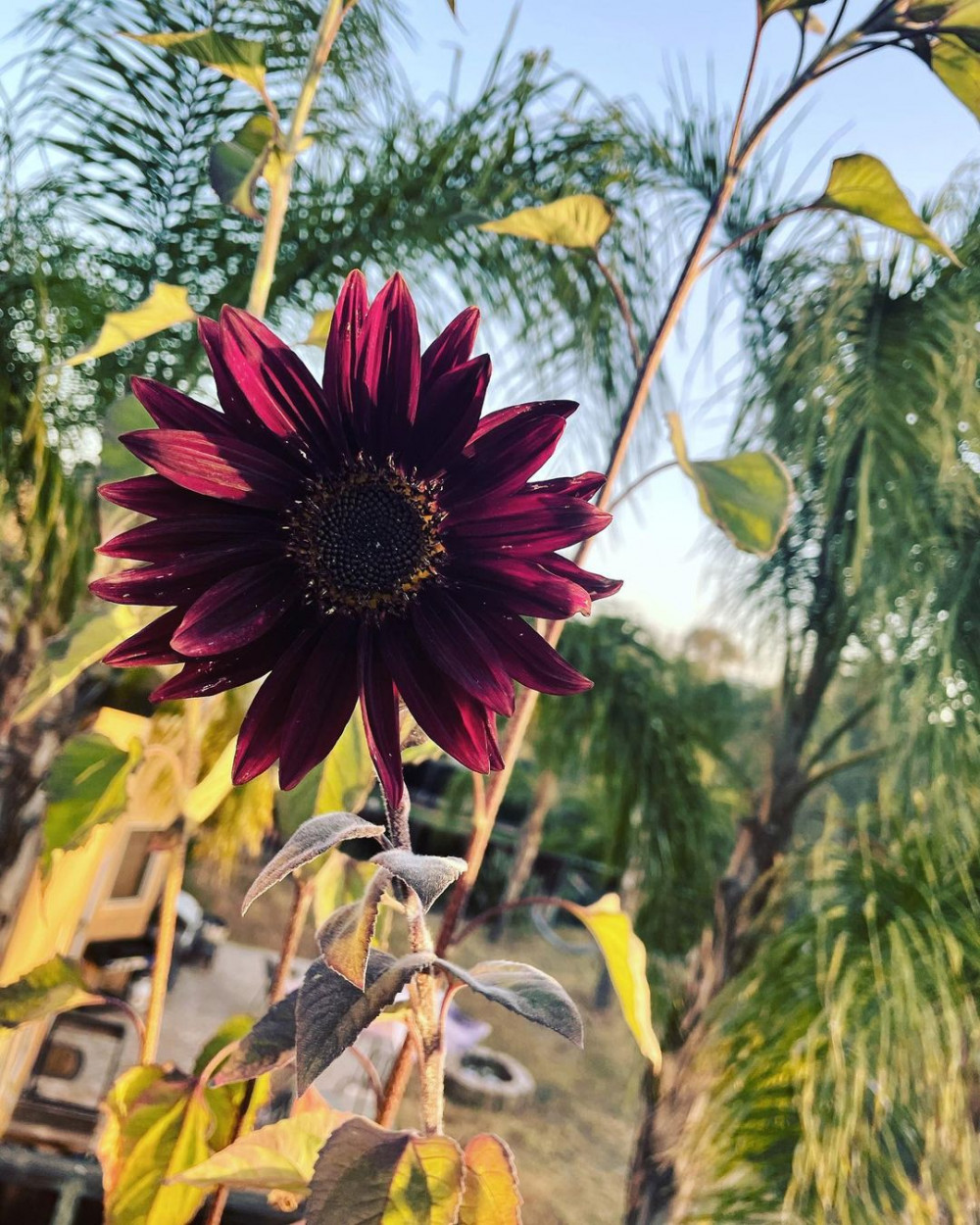 Source: instagram
Source: instagram
12. Supporting tall varieties
If you’re growing tall sunflower varieties that can reach heights of 10 feet or more, it’s essential to provide additional support. As the plants grow, tie the stems to the stakes or trellis system you’ve set up earlier. This helps prevent breakage due to wind or heavy flower heads.
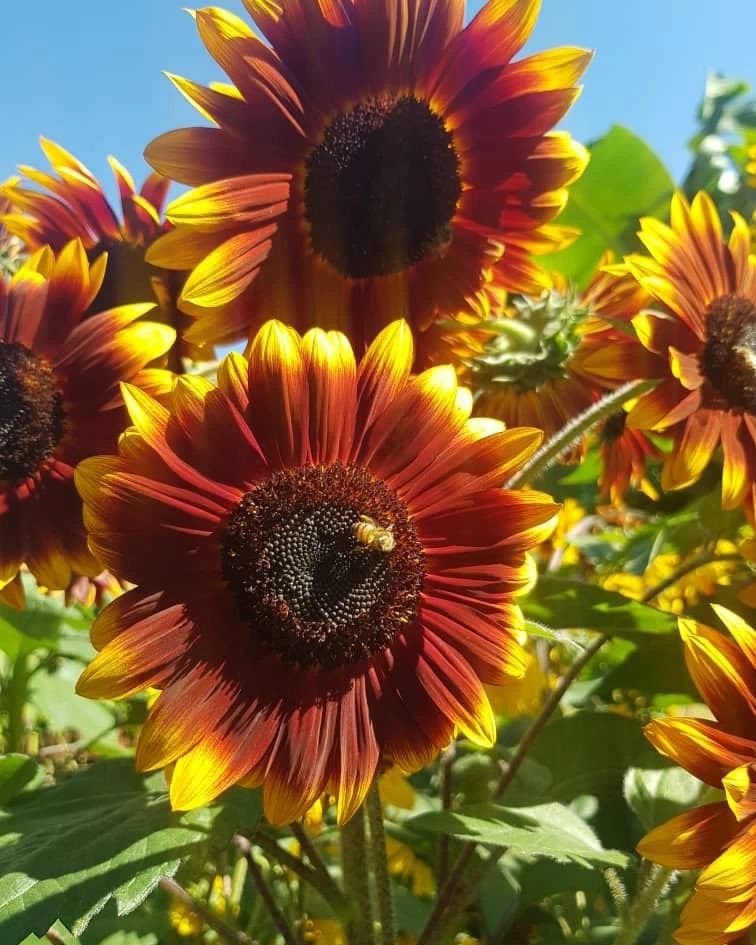 Source: instagram
Source: instagram
13. Protecting from birds and squirrels
Sunflower seeds are a tempting treat for birds and squirrels. To protect your harvest, cover the flower heads with breathable fabric or mesh bags once they start to form seeds. This allows air circulation while preventing animals from feasting on the developing seeds.
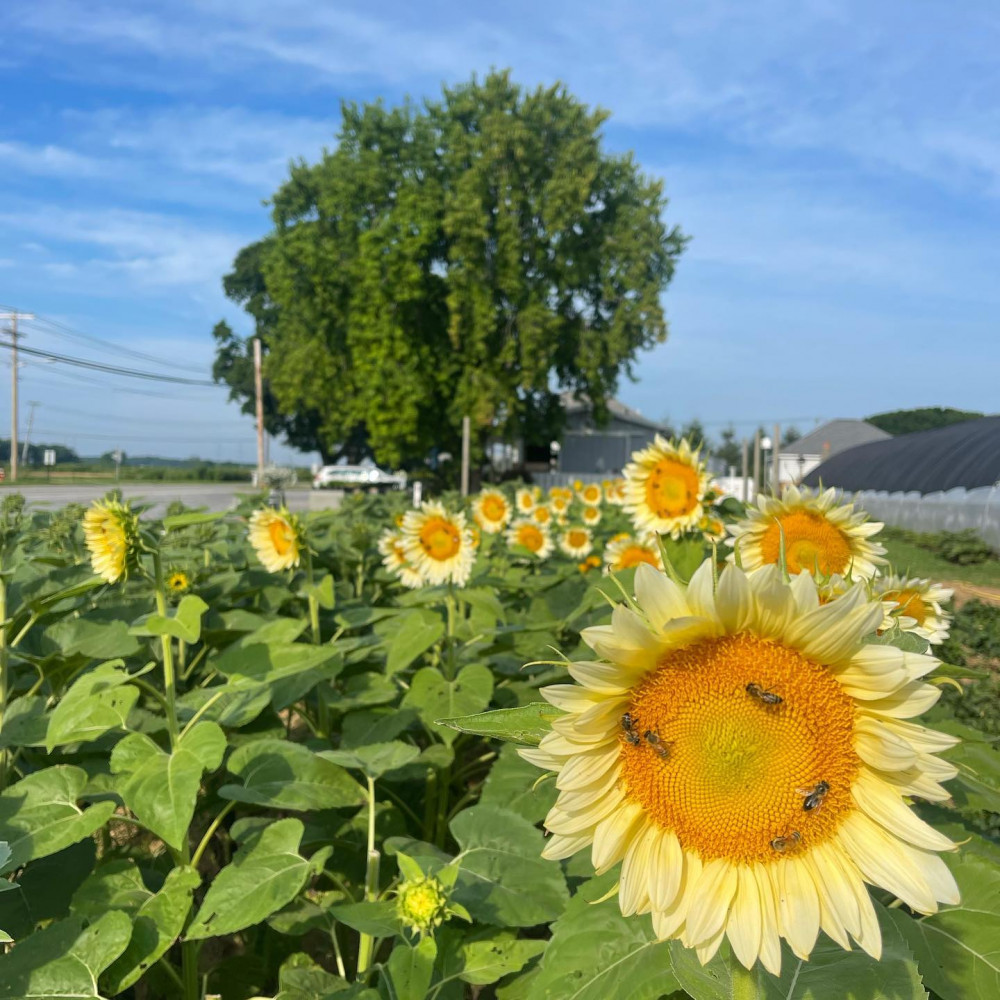 Source: instagram
Source: instagram
14. Saving seeds for planting
If you plan to save seeds for future planting, choose the healthiest and most robust flower heads to collect seeds from. Allow the flower heads to fully mature and dry on the stalk. Once dry, remove the seeds as mentioned before and store them in labeled envelopes or containers in a cool, dry place until you’re ready to plant them.
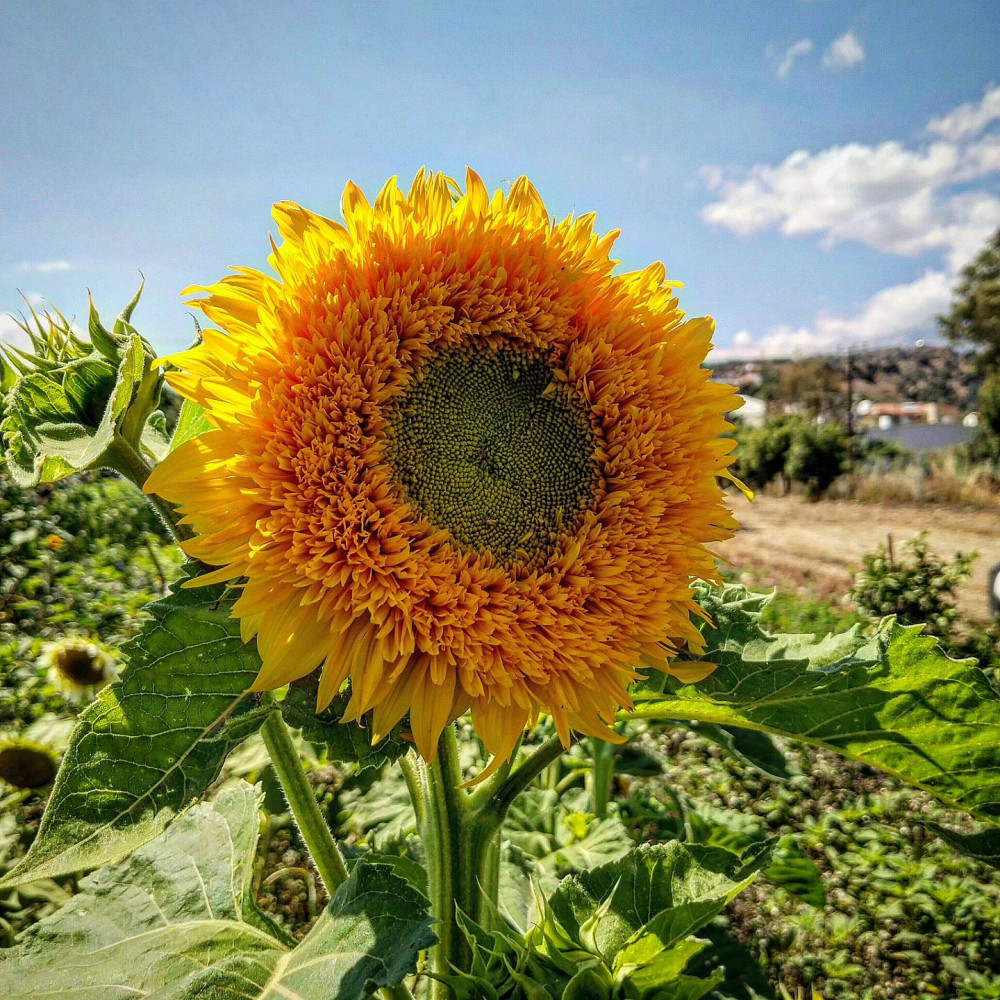 Source: instagram
Source: instagram
15. Crop rotation
Sunflowers are heavy feeders and can deplete the soil with certain nutrients. To maintain soil fertility and prevent the buildup of pests or diseases specific to sunflowers, practice crop rotation. Wait at least three years before planting sunflowers in the same spot again.
 Source: Ferry-Morse
Source: Ferry-Morse
By incorporating these additional steps into your sunflower gardening routine, you can further optimize the growth, health, and seed harvest of your sunflowers. Enjoy the journey of nurturing these magnificent flowers!

